4







04 Broadcaster Press
September 16, 2014 www.broadcasteronline.com
CELEBRATING
DAKOTA DAYS: PART I
The early days of USD’s march toward a millennium
By Alan Dale
The Plain Talk
The funny thing about the
celebration of an anniversary
is that it actually recognizes
what’s been done without
acknowledging what’s to come.
For the University of South
Dakota, starting on Oct. 6, the
school will begin a week of
pomp and circumstance to
reflect on 100 years of Dakota
Days.
What some may not know
is that since the first USD
Homecoming celebration of
1914, a solid 100 Dakota Days
have been held, as the newest
one will usher in the beginning
of the future with No. 101.
To stand the test of time
and do so through wars,
depression, and constant
societal change, the University
of South Dakota has gone
from a local university to a
regional one, to now a worldly
entity.
What once was known and
available to South Dakotans
and others in the immediate
area, USD is a university
available to one and all and
home to Neuharth and
Brokaw, to Janklow and
Jensen, to Doyle and Starr.
For the next four weeks
The Plain Talk will present a
comprehensive retrospective
on just some of the days and
memories that dot the
landscape of USD lore. It
would take volumes to discuss
the highs and lows of the last
100 years, but we’ll give it the
old ‘college try.’
“It is a homecoming and I
look forward to it every year,”
USD president James Abbott
said. “Some people I have
known all my life I see once a
year…and I see them at
homecoming.
“It’s 33 percent nostalgia,
33 percent looking forward,
and 33 percent what’s going on
today. That’s not a bad
combination.”
A DAKOTA DAYS
PREQUEL: The lead up to
TOP: The early days of the
University of South Dakota
campus.
BOTTOM: The first year of
Dakota Days, 1914.
(Courtesy of USD Alumni
Association)
celebration
From 1862-1899 the
University of Dakota (initial
name of the institution) began
to settle its roots amongst a
long stretch of land that only
three years earlier had been
opened to white settlement.
Clay County housed people
in dugouts to make it through
those first winters and soon
one-room log houses became
the norm.
Skirmishes between settlers
and natives were not
uncommon in the Dakota
territories.
Yet a school would slowly
build from the soil up.
“What I enjoyed most
about looking back is seeing
the old pictures of students
walking up the hill from the
old railway station which is
down below the hill,” Abbott
said. “They disembarked from
(different areas) and some
were leaving home for the first
time from places like north of
Aberdeen. They did it to see if
they could better themselves
and be what they wanted to
be.”
Three buildings stood on a
prairie…that was what
constituted the campus in
those early days.
For some today it would
look small in comparison to
the current structures, but
back then? For many it could
easily have been their modern
day metropolis.
“If you came from an old
one-room school house and
you came to Vermillion and
saw Old Main, East Hall and
Science Hall – those were the
first three I think – that was
probably pretty impressive,”
Abbott said. “That was
probably a lot more than they
were used to.”
Eventually more students
arrived from all points of the
area and a history was born in
the university’s resilience and
growth.
THE FIRST 25: 19141938, Depressions, Great
Wars, and Celebrations
aplenty
“South Dakota Day is a day
unique in the history of the
University,” proclaimed the
Nov. 24, 1914 edition of The
Volante – the USD school
newspaper four days after the
first Dakota Day celebration
occurred.
It was Robert Slagle, the
ninth president at USD, that
was a major force behind this
landmark moment.
“It was first initiated by
President Slagle,” Kersten
Johnson, Executive Director of
the USD Alumni Association,
said. “He also worked as
president at South Dakota
State in Brookings and was
instrumental in starting South
Dakota Hobo Days which is
their homecoming. Then he
came down here to be
president and started Dakota
Days here as well.”
With Slagle’s influence,
H.C. Mundt, Student
Association president at the
school took part of the Hobo
Day idea and ran with it to set
loose the first Dakota Days on
Nov. 20.
“For students and alumni
this is a chance to showcase the
pride they have in USD,”
Johnson said just two months
short of a century later. “What
happens in a relatively short
period of time – four years of
college – sticks with you.
People from across the country
come back to relive those days
and celebrate the institution.”
Johnson has done plenty of
homework on the early days of
the USD homecomings and
“What I have learned is
that as much as things change
there is a baseline that remains
constant,” she said. “Kids come
to USD eager, anxious, unsure
of what they want to do. In
their time here, many of them
find out that people believe in
Excavator Services Available
Farm site demolition • Tree Removal
Foundation Removal
And more!
JT Excavating LLC
Call 712-635-5099
RETIREMENT MACHINERY AUCTION
? Smile.
JD 8760 Tractor, CIH 8920 Tractor, JD 9660 STS Combine
Thursday, September 25, 2014 10:30 AM • Lunch
Tractors: 1991 JD 8760 tractor, 6410 hrs, rebuilt motor and transmission, 3 hyd, power
quad, 20.8-R38’s, nice; 1998 CIH 8920 MFD tractor, 5347 hrs, 18sp. power shift, shuttle shift
(factory rare option), 18.4-42 duals, one owner.
Combine: 2005 JD 9660 STS combine, Mauer grain extension, duals, 2232/1527 hrs, nice;
2005 JD 893 corn head, 8R-30’s, header trailer; 2010 JD 625 FH, header trailer.
Machinery: 2004 JD 1770 NT Max-Emerge Plus 16-30’s planter, brown screen, ½ width
disconnect; 3 bushel boxes, completely gone through, 600 acres after rebuild; Landoll 6230
disk, 30’, hyd tilt; 1994 Rogator 664, 60’ boom, new engine in 2008, Garmin light bar, newer
AC; CIH 4600 ?eld cultivator, 25’; Killbros 1170 grain cart; Rem 2700 grain vac; (4) Demco 365
gravity wagons; Friesen Seed Titan 4-box tender, gas motor, manual auger, double axle, lights;
Kewanee 580 chisel; IHC 510 plow; Convey-All belt conveyer, 10 x 35, Honda motor; Feterl 8
x 72 auger, swing hopper; Bushog 160 rotary mower; JD 127 gyro mower; (2) 7-section drag
carts; (2) harrows; CIH 1820 vibrashank 12-36’s cultivator.
Trucks: 2002 IH 4400 grain truck, DT466, auto, 310,953 miles, 20’ steel box, nice; 1972
Chevy grain truck, 16’ steel box.
Misc: water tanks, 2500 gal, 500 gal, 135 gal; 300 gal portable diesel tank; implement tires,
(3) 20.8R-38’s, (2) 18.4-38’s; 30.5-32; (2) 18.4-R42’s; 14.9R-30’s; Demco 250 gal saddle
tanks/8920 mounts.
Be sure to read Part II in
next week’s The Plain Talk in
print and online at
www.plaintalk.net
-The Plain Talk thanks
the USD Alumni Association
for assistance in providing
much of the historical
information used in this
piece.
GUBBELS SALVAGE
Wanted:
• Old Cars
• RV Motorhomes
• Farm Machinery
• Irrigation Systems
• Any Type of
Scrap Iron
• Grain Bin Removal
Paying Top Dollar
Will Pick Up
Towing Service & Skid
Loader Work.
1-402-640-6335
Coleridge, NE
AUCTION
We are retiring from farming and will sell the following at public auction located at 31535
Sargeant Rd, Akron, Iowa or from Akron, 4 miles west on SD Hwy 48, 2 miles south on 479th
Ave, ¾ mile east on 315th St and ½ mile south on Sargeant Rd or from SD I-29 Spink Exit,
8 ½ miles east on SD Hwy 48, 2 miles south on 479th Ave, ¾ mile east on 315th St and ½
mile south on Sargeant Rd.
Auctioneers Note: No small items, be on time. Well maintained line of equipment, visit www.
westraatkins.com for pictures.
“It’s about the same with
signs and pennants and the
fun too,” she said. “They have a
lot of good stories about the
fun and the pranks from the
1920s and are not much
different today.”
Despite many of the
similarities the students of the
early Dakota Days were also
dealing with the start of World
War I and ultimately America’s
entry into it (1917), the Great
Depression (1929-1933) and
the rise of Adolph Hitler and
the Nazi party (1930s).
“War has been a constant
in USD history,” Johnson said.
“World I, World War II, Korea,
Vietnam, Afghanistan, Iraq
and we have had very
accomplished veterans at USD
as well.
“Students are more serious
and intentional and they still
have fun. The world is smaller
and they get exposed to more
things than they used to.”
A long-standing university,
older than the state itself, has
undergone changes that show
the climactic shift of over 150
years.
“Realizing that they were a
university before they were a
state was pretty neat,” Julie
Ellingson, Communications
and Marketing for the USD
Alumni Association, said. “Also
then they had a larger male
population than a female
population, but now…the
females have more students
than males.”
Those populations of male
and female students at the
university would be tested
again as the second quarter
century was set to begin.
Another war was brewing
and USD was going to be
affected like everyone else.
But in Coyote country that
didn’t mean they would let it
affect Dakota Days or its
participants.
Not one bit.
them – faculty and staff – and
walk away believing they can
do more than they ever
dreamt.
“We looked at interviews
with alums from the 1940s and
the 1980s and that’s a theme
that has remained constant.”
That first Dakota Days saw
parade participants mill about
in front of East Hall.
“Without a doubt a more
cosmopolitan gathering never
assembled in this section of
the country,” the Volante
reported. “There were people
of all nationalities, races, and
description, representing
multifarious forms of
occupation.”
The first Miss Dakota, Fern
Wassum, led the parade that
wound through Vermillion en
route to meet the Yankton
College football team at the
train station.
USD would win that game
33-3.
As time passed the parades
would usually get bigger, more
accompanying events or
moments of splendor were
added.
When World War I hit,
many buildings on campus
became barracks and many
students enlisted.
“Most of them enlisted in
the army, navy, or air service,
but many returned to the
farms in response to the appeal
for food. The young women
entered nurses’ training
schools or prepared comfort
kits, surgical dressings and Red
Cross work,” Slagle said in a
1920 account to the Coyote.
The drought in the
summer of 1930 coincided
with the Great Depression, but
even so, the first student union
opened thanks not to tax
dollars, but by the USD’s
students, alumni, and friends
pledging nearly $56,000.
“The Union Building is a
reality and student life will all
be richer because of it – a
meeting place for the whole
campus, the center of all
University Activities,” from the
Volante in 1930.
As the nation worked itself
out of the doldrums of
Depression the Dakota Days
maintained its significance on
the USD campus.
Johnson said that one area
that has remained constant
from those days until today is
dorm decorating.
Saturday, September 20 • 1pm
LOCATION:
AUCTIONEER’S NOTE: Items have been well cared for. Household items are of very good quality.
HOUSEHOLD:
GUNS:
SHOP, LAWN, & GARDEN EQUIPMENT:
HORSE EQUIPMENT:
MACHINERY:
Terms: Cash/Check/Sales Tax
Robert and Gloria Fletcher, Owners
Dennis Vesely 605-659-5086
There are many other items too numerous to mention.
TERMS:
Dick & Marcia Stinger, Owners
Joel R Westra, Broker, Beresford, SD 605-310-6941
Pete Atkins, Broker Associate, Tea, SD 605-351-9847
Joel A Westra, Broker Associate, Chancellor, SD 605-957-5222
Mark Zomer, Vande Vegte Zomer Auctions, Rock Valley, IA 712-470-2526
Roger Gaswint Auction Service
712-251-9709
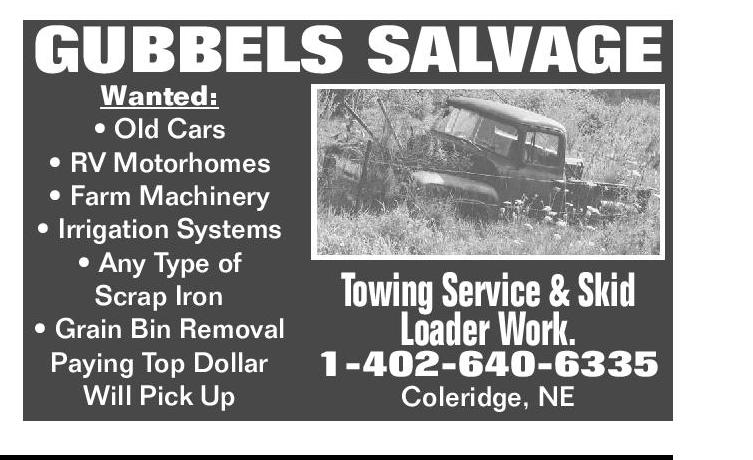
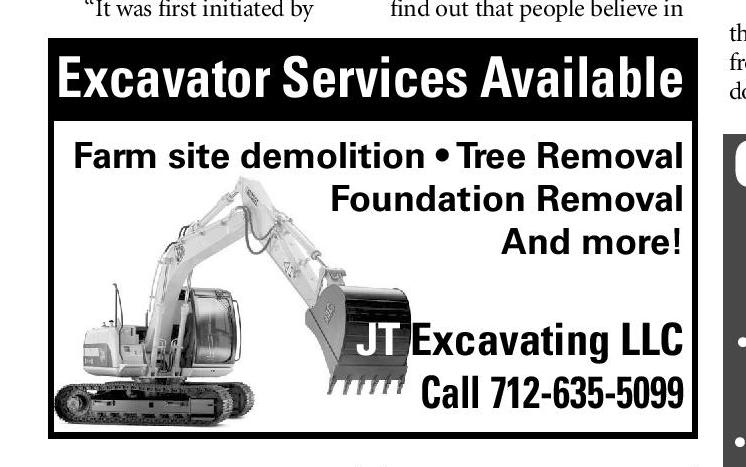
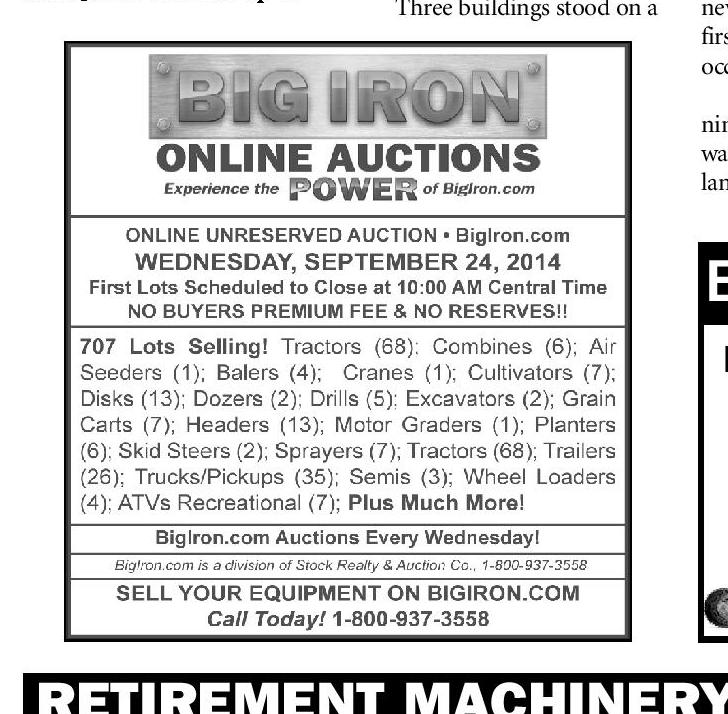
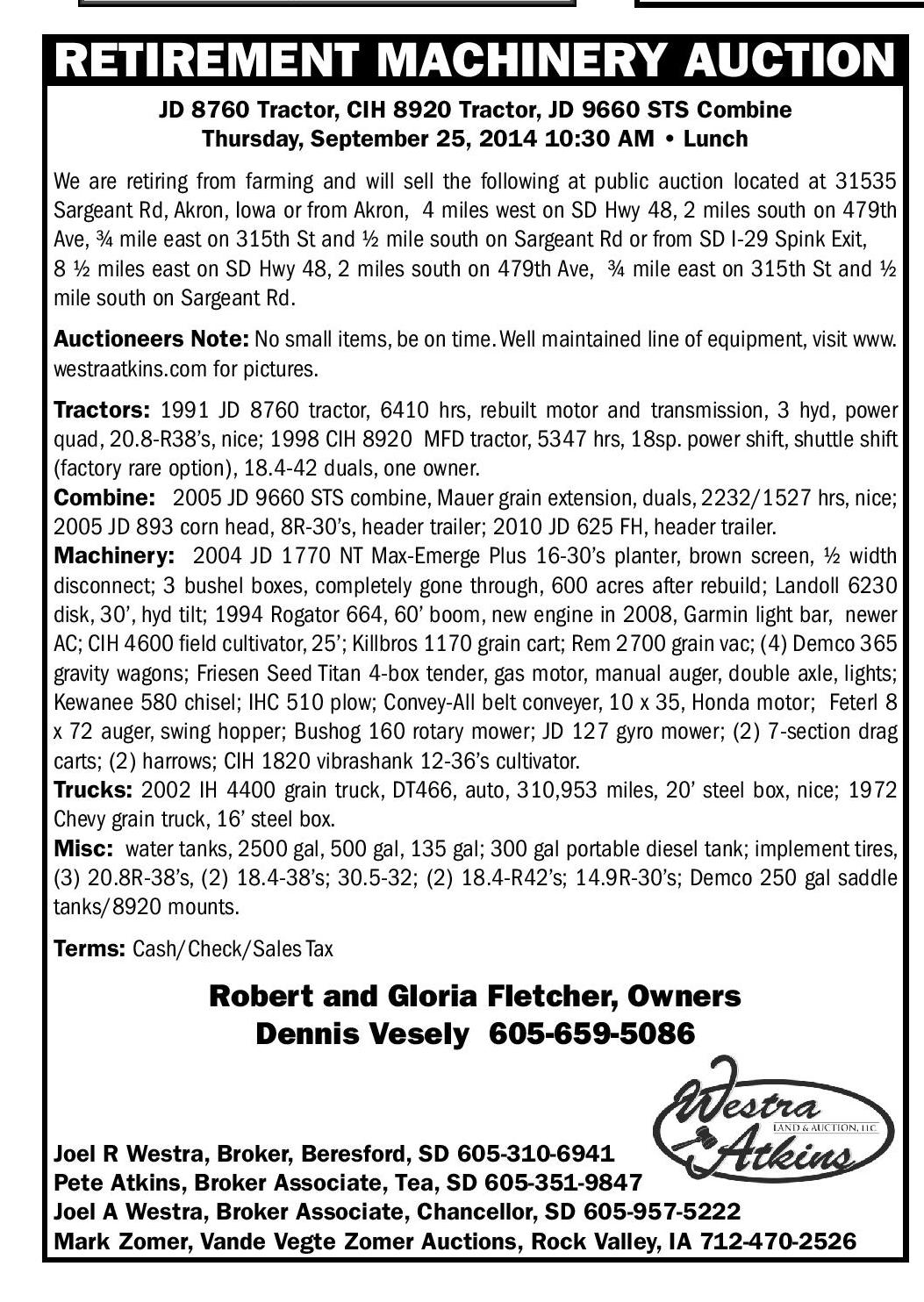
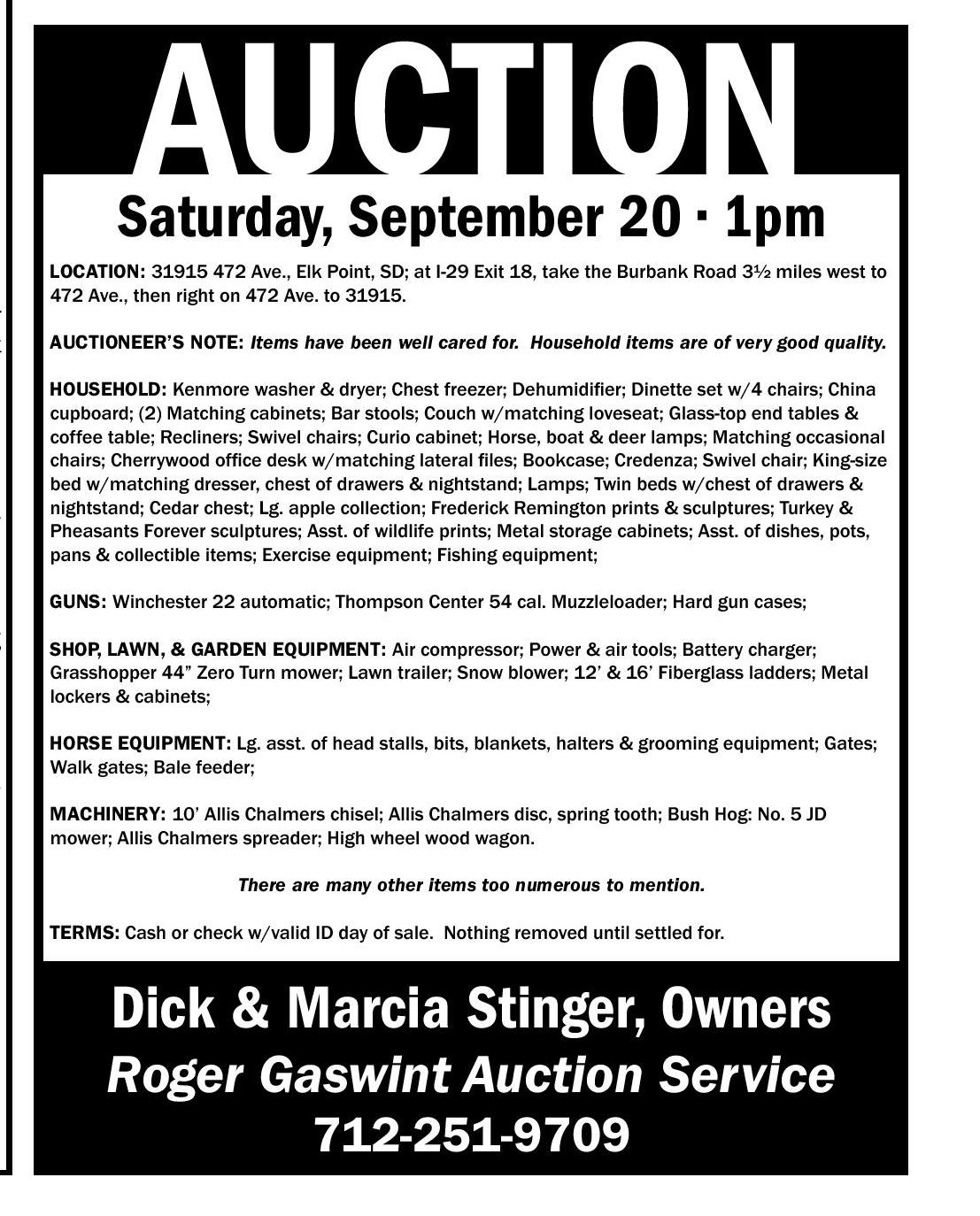







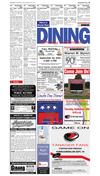
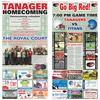

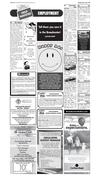

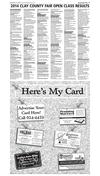
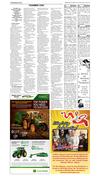

 Previous Page
Previous Page






